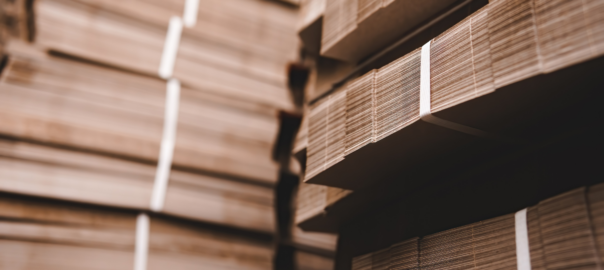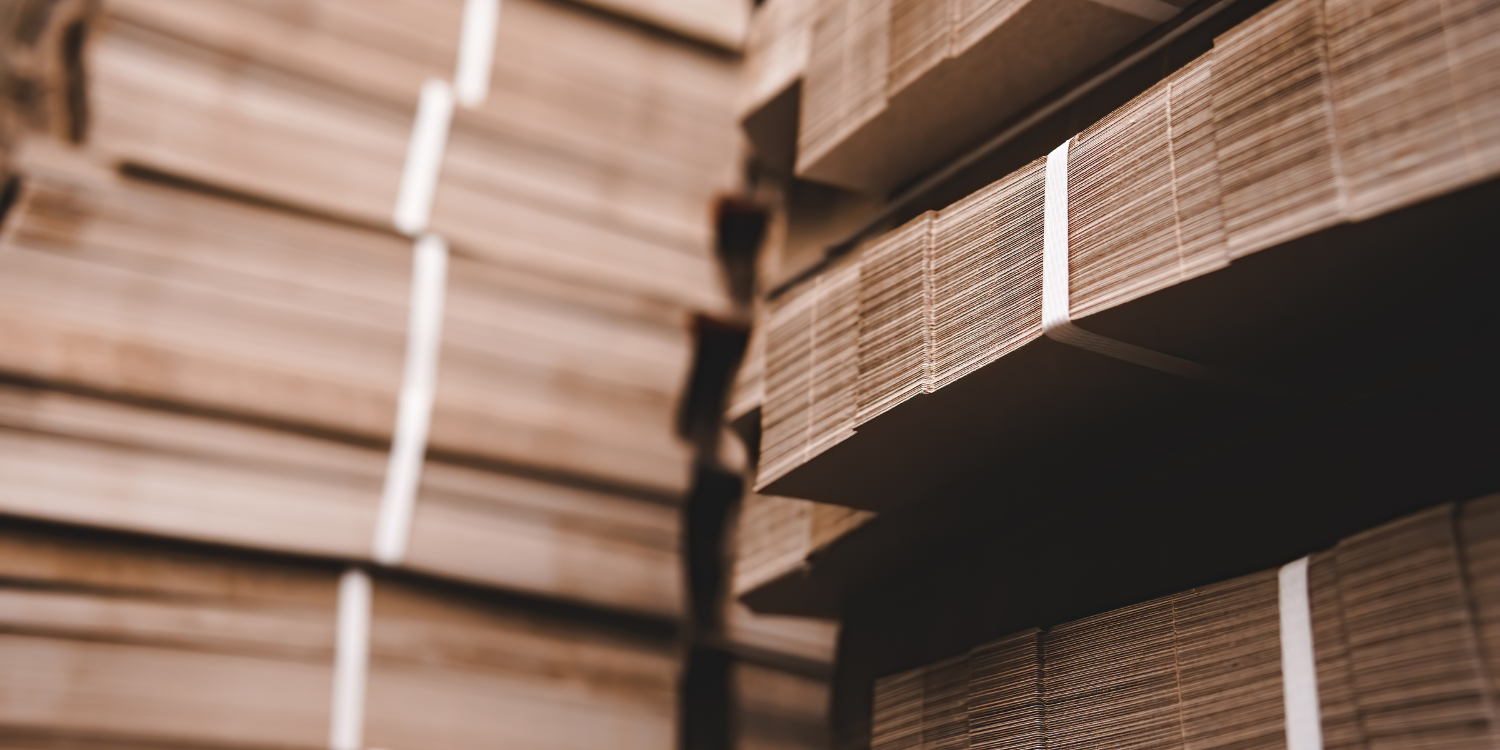Starch adhesives are used in various industries, especially in packaging and corrugating processes. However, the natural properties of starch—while advantageous in terms of biodegradability and renewability—also pose certain limitations, such as sensitivity to moisture and limited adhesive strength. To counter these challenges, various additives are incorporated to bolster the performance of starch adhesives. This article looks into the types of additives and their specific roles in enhancing the properties of starch adhesives.
1. Esterification Agents for Water Resistance
One significant improvement area for starch adhesives is water resistance. Esterification of starches introduces acetyl groups into the starch molecule. This modification reduces the hydrophilicity of starch, significantly enhancing its resistance to water. The process improves water resistance and contributes to better adhesion properties and durability against moisture.
2. Polymer Additives for Tack and Mechanical Stability
Polymers, both synthetic and natural, are added to starch adhesives to enhance their tackiness and mechanical stability. Borax is a well-known additive that increases the tackiness of starch adhesives, which is crucial for immediate bonding in corrugating processes.
Enzymatically polymerized lignosulfonates, when combined with carboxylic acids such as BTCA, have been shown to significantly improve wet resistance and reduce bonding times, making the adhesive more efficient in fast-paced manufacturing environments.
3. Microfibrillated Cellulose for Viscosity Control
The innovative use of microfibrillated cellulose, like Exilva, targets the viscosity and stability of starch adhesives. This additive forms a robust three-dimensional network within the adhesive, enhancing its structural integrity and preventing viscosity changes over time. This is particularly beneficial in preventing the retrogradation of starch, ensuring consistent adhesive properties even after storage.
4. pH Adjusters for Stability
The consistency and stability of starch adhesives are influenced by their pH levels. pH adjusters such as sodium hydroxide (basic) or citric acid (acidic) are used to maintain the adhesive at an optimal pH, ensuring its stability and preventing premature degradation. This allows for a more reliable application in various substrates and environmental conditions.
Work With a Knowledgeable Supplier Today
At Bond Tech Industries, we are committed to advancing adhesive technology to meet the evolving needs of our clients. Explore our range of starch adhesive additives designed to enhance your production process, ensuring quality and efficiency. Contact us to learn how to achieve the perfect adhesive solution for your needs.







